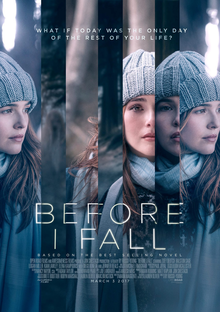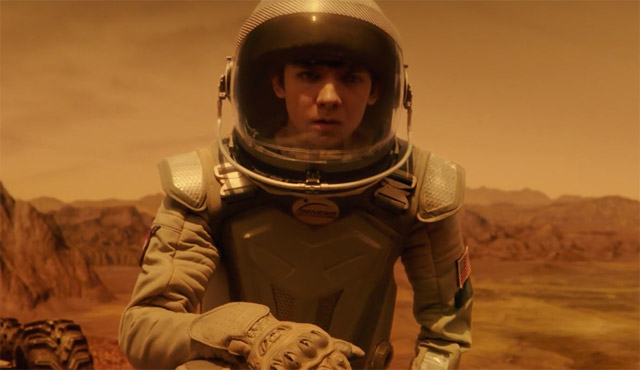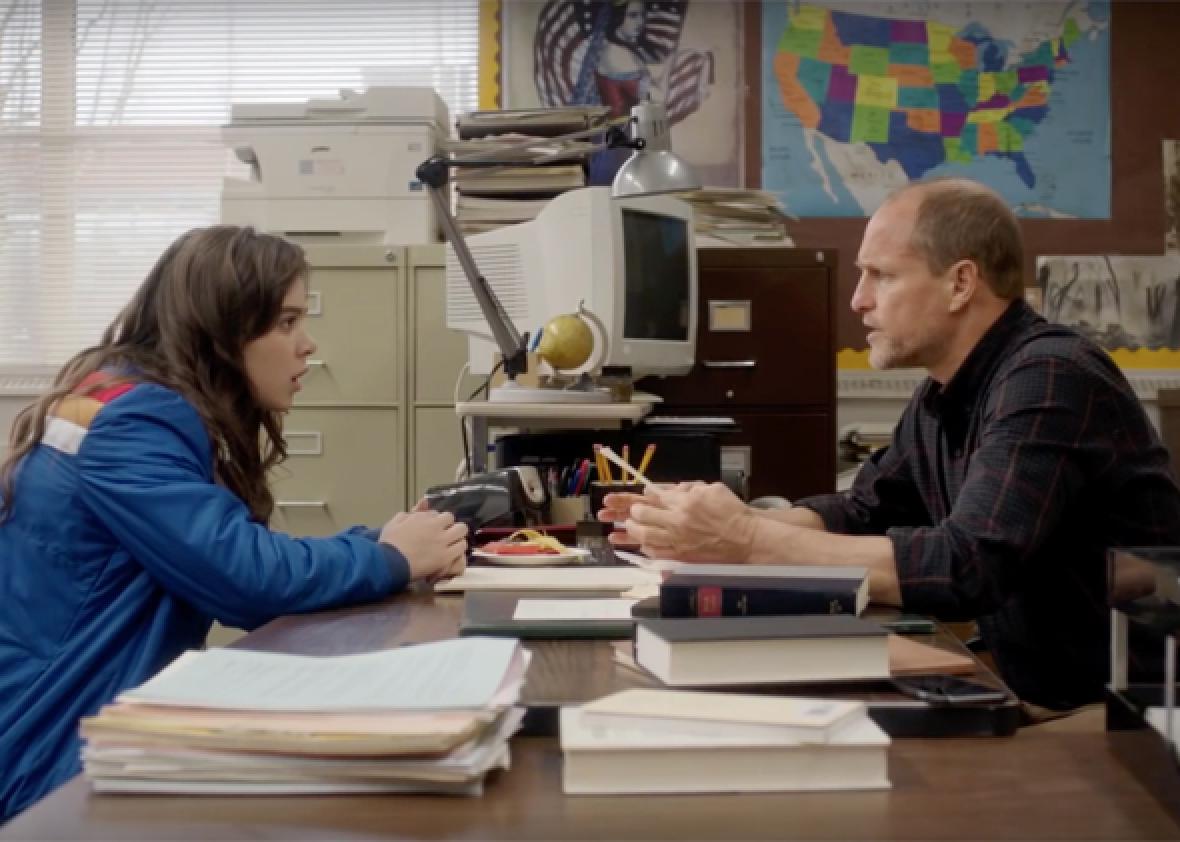Before I Fall
Posted on March 2, 2017 at 5:53 pm
B| Lowest Recommended Age: | Middle School |
| MPAA Rating: | Rated PG-13 for mature thematic content involving drinking, sexuality, bullying, some violent images, and language - all involving teens |
| Profanity: | Some strong and crude language |
| Alcohol/ Drugs: | Teen drinking |
| Violence/ Scariness: | Fatal accident, suicide |
| Diversity Issues: | None |
| Date Released to Theaters: | March 3, 2017 |

Lauren Oliver’s debut novel Before I Fall is a bittersweet “Groundhog Day” story about a pretty, popular high school senior named Sam (“Everybody Wants Some!!’s” Zoey Deutch) who lives her last day over and over until she figures out why.
Sam wakes up on “Cupid Day” (her school’s version of Valentine’s Day), happy, confident, and looking forward to the day ahead. Her best friend Lindsay (“Paper Towns'” Halston Sage) is picking her up and at school she is expecting her boyfriend Rob to have red roses delivered to her in class. And that evening, she and Rob have planned to have sex for the first time. Everything seems to be coming together just as she wants it.
She barely acknowledges her parents (yes, that is “Flashdance’s” Jennifer Beals as her mother) as she flies out the door. When her little sister runs after Sam with her gloves, instead of thanking her, Sam barks, “Don’t touch my things!” Lindsay picks up their other two friends, and the movie really captures the wild swings between professing total love and devotion and mildly trashing and topping each other that is teengirlspeak.
At school, the lesson is about the Greek myth of Sisyphus, condemned to keep pushing a huge rock up a hill, never getting it over the top before it rolls back down. But no one is really paying attention and the class is interrupted by the delivery of the Cupid’s Day roses. She receives the red roses Rob sent her — after she reminded him — with a note that is more jaunty than romantic. And then there is a special rose from an old friend, who tells her he is having a party that night. She barely acknowledges him. And she does not even notice a sad and angry girl named Juliet (Elena Kampouris) intently working on a charcoal drawing until they are all in the cafeteria, when Lindsay taunts her. “Remind me why we hate Juliet?” Sam asks, but does not really pay attention to the answer. She is more bored by it than ashamed of it.
She does end up at the party, where Rob gets sloppy drunk and Juliet confronts the girls who have been mean to her, including Sam. Later that night, they learn that Juliet has committed suicide. And then Sam wakes up and it is Cupid Day all over again.
At first, she is frustrated and angry at reliving the same day over and over and over. She exploits the freedom from consequences but it is not fun; it is empty. Finally, she begins to pay attention to the people around her and begins to understand what she has to do.
Deutch ably handles her most challenging role so far, showing us Sam’s thoughtfulness, even in her most self-absorbed moments. The small details of her different approaches to each day keep us aware of exactly where she is on her path to greater understanding. Each day may seem the same to Sam, but for us Deutch makes them different as she passes through denial, anger, bargaining, depression, and acceptance. She makes us share her sense of loss, but also her understanding as a reminder of a time she was a hero makes her willing to locate that in herself once more.
Parents should know that this movie includes teen drinking, bullying, strong language including crude sexual references, suicide, and a fatal accident.
Family discussion: If you could live today over again, what would you change? Why didn’t Sam pay attention to Kent and Juliet before? Who is your hero? Whose hero are you?
If you like this, try: “If I Stay,” “About Time,” and “Restless”







